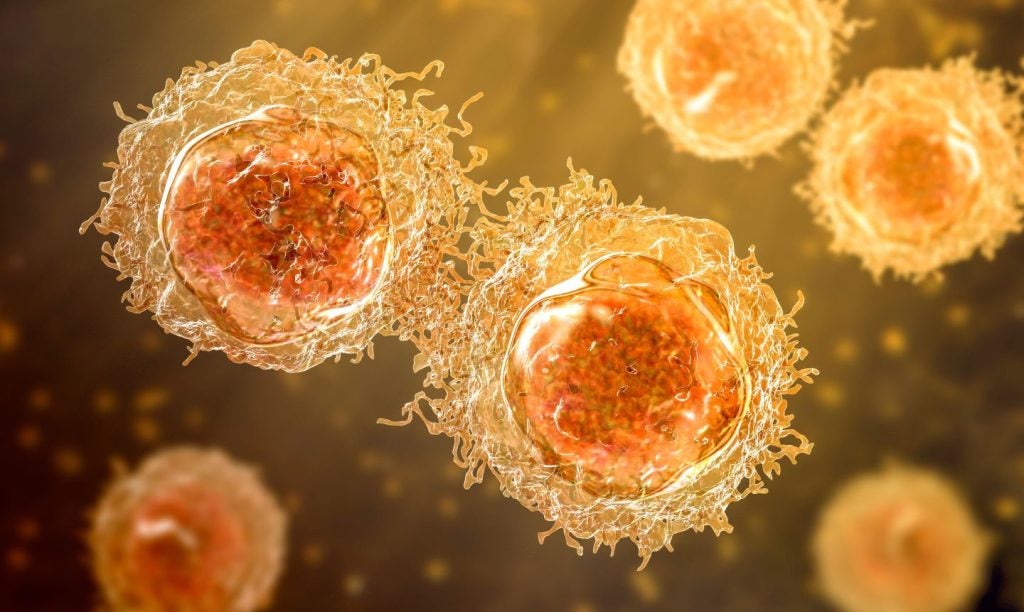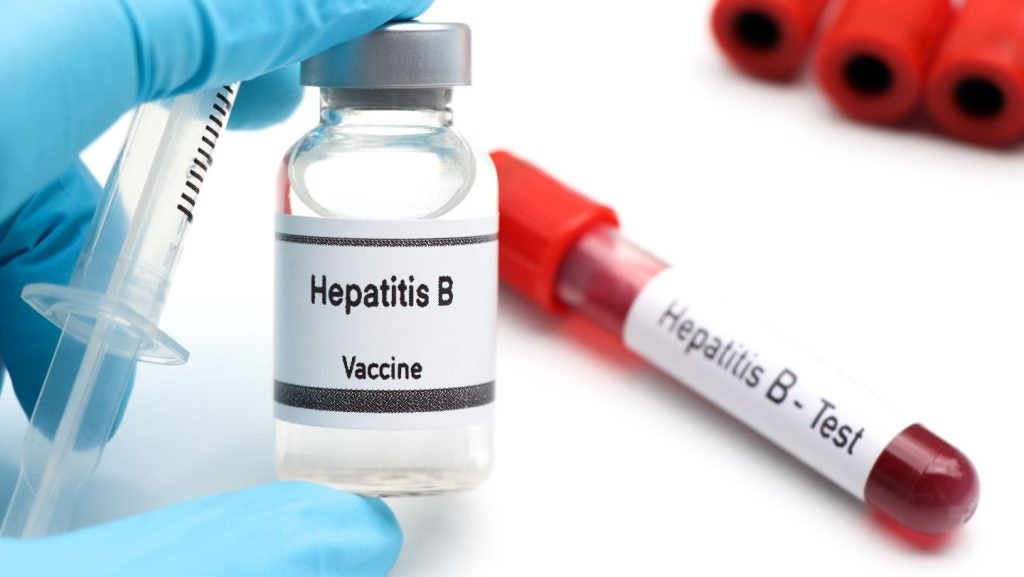
Asking, “Which comes first, industry maturity or industry standardization?” may generally be a chicken-egg exercise. But in the specific case of the stem cell clinical trials industry, one thing is certain – neither has occurred yet; and if they are interdependent, both are needed now. The industry may not be sufficiently mature yet to recognize and acknowledge not only the advantages of standardization, but also its ultimate necessity for optimal progress in stem cell medicine.
The specific standardization at issue is therapeutic tissue stem cell dose. In all stem cell transplantation clinical trials, the number of stem cells administered to trial subjects and patients is unknown. In fact, because stem cell activity often declines with culture, trials employing cultured “expanded stem cell” treatments may not deliver any stem cells at all. It follows from this uncertainty that the interpretation of trial outcomes is correspondingly erroneous at worse or uncertain at best.
Without a means to know and standardize the number of stem cells present in treatments, many crucial basic clinical evaluations are not possible. These major clinical deficiencies include investigators being unable to soundly compare the treatment of one patient to another, to compare one arm of a trial to another, to compare different trials, or to evaluate the effects of ancillary treatment components on administered stem cells.
New Technologies Can Address Dose Standardization Problem
Even some industry experts can be astonished when this surprising unmet industry need is brought to their attention. What degree of waste is this need now causing in a global stem cell industry with an estimated market value of $5+ billion? With the size of the global stem cell market projected to reach $13+ billion by 2025, the waste of resources will continue to increase as well, unless some of the wasted dollars are directed to develop new technologies that address the dose standardization problem. As a segment of the larger general stem cell market, by 2021, the global stem cell therapy market is predicted to reach $145 million. The industry’s dose standardization need is basically a stem cell counting problem. So, solving it would have financial benefits for all stem cell market segments and patients.
In the U.S., industry trade organizations like the Alliance for Regenerative Medicine (ARM) have recently teamed up with the National Institute of Standards and Technology (NIST) to establish the international Standards Coordinating Committee (SCB). Launched in early 2017, the SCB has the mission of carrying out ARM’s and NIST’s “commitment to supporting development of consensus standards for cell and gene therapy and other regenerative medicine products.” Unfortunately, so far, this effort has given essentially no attention to the larger issue of quantifying and standardizing therapeutic stem cell dose. Disappointingly, the SCB’s February 2018 “Regenerative Medicine Standards Landscape Report,” states, “nearly 200 published or in-development standards related to regenerative medicine,” but the term “stem cell dose” does not appear anywhere in the 194-page document.
Discerning Fact from Fiction
The SCB is not the only example of a regulatory agency contributing to slow progress in achieving standardized procedures for determining stem cell number and dose. Another example can be found in the umbilical cord blood banking industry. The Foundation for the Accreditation of Cellular Therapy (FACT) requests that all stored cord blood samples are “potency tested” by total mononuclear cell count, colony forming unit assay, and CD34+ cell count. These tests are done even though it is general knowledge that none of the tests is a reliable predictor of cord blood hematopoietic stem cell transplant potency. The problem with such habitual erroneous practices is that over time, what is fact and what is fiction becomes confused in the industry. Such conditions of industry misinformation discourage and hinder crucial research and development needed to achieve technical solutions that actually address key industry needs for better progress.
How well do you really know your competitors?
Access the most comprehensive Company Profiles on the market, powered by GlobalData. Save hours of research. Gain competitive edge.

Thank you!
Your download email will arrive shortly
Not ready to buy yet? Download a free sample
We are confident about the unique quality of our Company Profiles. However, we want you to make the most beneficial decision for your business, so we offer a free sample that you can download by submitting the below form
By GlobalDataTo be fair, regulatory agencies have been stymied by the lack of technologies that provide specific tissue stem cell counting. Previously described “stem cell biomarkers” also identify more abundant committed progenitor cells that are produced by tissue stem cells. The poor specificity of these biomarkers precludes their use for developing standard procedures for determining stem cell dose. Animal assays have excellent specificity for delineating stem cells, but they conflate differences in stem cell function with differences in stem cell number. They also take many weeks to complete, are complicated to execute, are very expensive, and are limited to stem cells from only a few types of tissues. So, while in theory animal assays might seem a means for standardizing stem cell dose, they are in reality quite impractical for this purpose.
Better Science Must Prevail
Given this history, perhaps, it is not surprising that a new technology for counting tissue stem cells, recently introduced into the stem cell marketplace by Asymmetrex, has been slow to catch fire. Some of the delay in adoption is related to regulatory agencies like the Food and Drug Administration (FDA) in the U.S. focusing more of their attention on safety and efficacy than on scientific quality.
This highly touted approach prevails at the FDA, even though the quality of the science also directly impacts patient safety and certainly treatment efficacy, as well. In any case, if a new technology is effective for standardizing stem cell dose, its adoption is inevitable. Better science must eventually prevail for better medicine.
Cell & Gene Therapy Coverage on Clinical Trials Arena supported by Cytiva.
Editorial content is independently produced and follows the highest standards of journalistic integrity. Topic sponsors are not involved in the creation of editorial content.








Related Company Profiles
Asymmetrex LLC
NIST GmbH
The Foundation for the Accreditation of Cellular Therapy
The Alliance for Regenerative Medicine
FACT Corporation